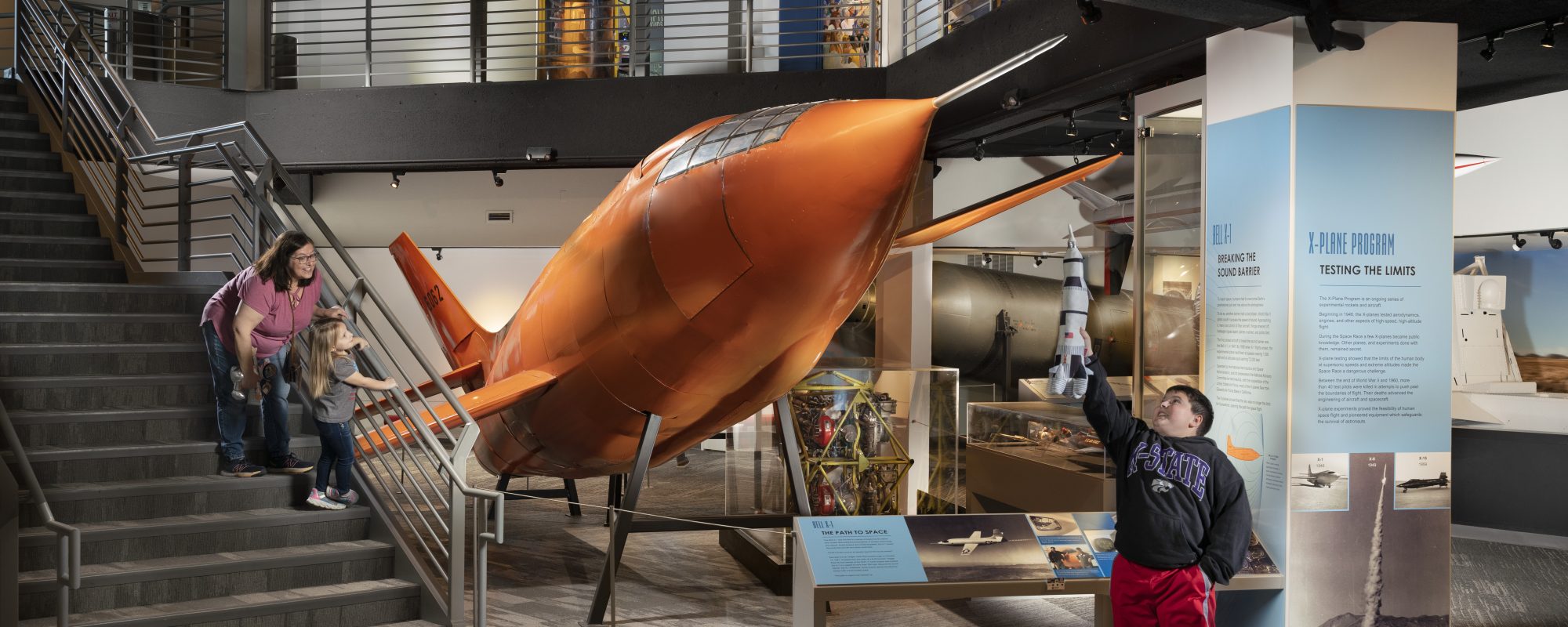There IS something special tying all these things—and Mars (!)—together!
But first, a quick review (with some little-known facts along the way).
First Moon Landing … of How Many?
The first of six crewed Moon landings took place July 20, 1969.
Did you know: The first two men on the Moon, Neil Armstrong and Buzz Aldrin, noticed a distinct smell coming from the Moon dust on their space suits. After walking around on the Moon for about two and half hours, they returned to their landing module, removed their helmets, and noticed that the black Moon dust on their suits smelled like something burned, or like the air after fireworks have gone off.
Experience it yourself: Visit the Cosmosphere International SciEd Center and Space Museum to see astounding artifacts from the United States’ first Moon missions, aka the Apollo missions, including:
- Flown Apollo 13 spacecraft, Odyssey
- Apollo space suits
- Apollo 11 Moon rock…and more!
- Or take a virtual visit here
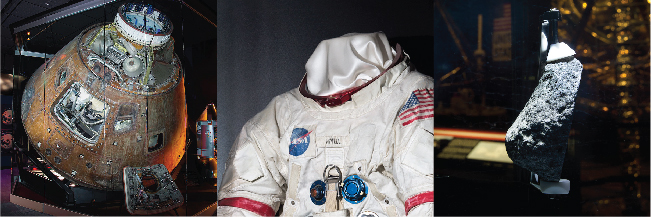
Liberty Bell 7 Spacecraft … Didn’t That Sink to the Bottom of the Ocean?
You bet your sweet gravity it did. But that’s not where it is now.
Liberty Bell 7, or “LB7,” as it’s known around here, was the second manned spacecraft in … yup … space. It was named “Liberty Bell” due to its bell shape.
On July 21, 1961, it launched astronaut Gus Grissom into a 15-minute spaceflight and returned him to the ocean, where the mission had planned for the spacecraft to land … and float … and be recovered by helicopter.

Unfortunately, when the craft landed in the ocean, the hatch blew too soon. The cramped cabin began to fill with water.
As water rushed in, Grissom bailed out. While he tossed on the ocean waves, Grissom’s spacesuit also began to fill with water.

He valiantly tried to attach a hook dangling from the recovery copter to the LB7 to save the spacecraft, but with the craft sinking, his spacesuit growing heavier with water, and the waves rocking him around, that wasn’t possible.
Ultimately, Grissom was rescued by a second helicopter but, much to his dismay as a dedicated pilot, his ship was lost to the sea.
Did you know: There are no Liberty Bells 1-6. The first U.S. space flight program, named the Mercury program, readied seven male astronauts for these historic flights. The number 7 was added to the names of all Mercury missions in recognition of NASA’s original seven astronauts.
Thirteen women were also tested and found to be fit for spaceflight, but they were not allowed to be considered for astronaut training because they weren’t test pilots.
Experience it yourself: With funding from the Discovery Channel, the Liberty Bell 7 spacecraft was raised from the bottom of the ocean (hoisted up from three miles below the surface!) on July 20, 1999. It was brought to the nation’s premier location for the conservation and preservation of historic spacecraft … the Cosmosphere!
After six months of meticulous efforts by our SpaceWorks division, the Liberty Bell 7 was made available for public viewing, along with a few fascinating finds that had miraculously stayed with the spacecraft.
Have a look at this amazing space artifact yourself at the Cosmosphere.
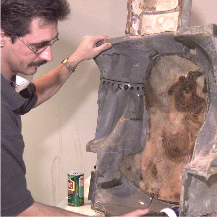
Join us to celebrate the mission on July 21, 2021. Check out our schedule of events!
Learn more, and see photos of the preserved Liberty Bell 7, here.
A History-Making Woman and a Historically Powerful Engine Tie It All Together:
Did you catch two dates in common with what we’ve talked about, so far? The first Moon landing in 1969 and the Liberty Bell 7 recovery in 1999 share a date: July 20.
And on July 20, 2021, one of the thirteen women tested for spaceflight during the Mercury program era will finally make her first spaceflight … and become the oldest person to have ever gone to space!
We’re talking about pilot Wally Funk. Image inset: Aviator Funk, one of the Mercury 13 and Funk today at 82.
Funk will travel with Jeff Bezos on his private space travel company’s first crewed spaceflight.
Did you know: Bezos is interested in both the future and the history of space exploration. In 2012 and 2013, he funded the location and recovery of F-1 rocket engine parts used in the Apollo program from—you guessed it—the bottom of the ocean.
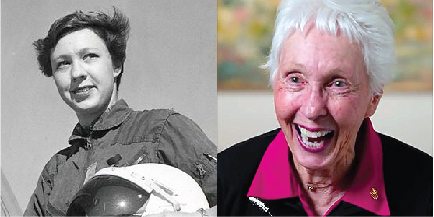
Recovered F-1 engine parts were brought to your favorite international sci-ed center and space museum (the Cosmosphere, of course!) for conservation and preservation. The F-1 is still the most powerful single combustion chamber liquid-propellant rocket engine ever built. These engines represent a towering achievement by U.S. engineers and scientists.
Experience it yourself: View some of the recovery F-1 artifacts, including video of the underwater recovery and conservation efforts, in the Cosmosphere Hall of Space museum’s Apollo gallery.
And Didn’t You Say Something About Mars?
Right! Good catch.
The future of space exploration promises to be full of new “firsts.” Plans are underway to send the first woman, and the first person of color, to the Moon in 2024.
And the race to send the first people to Mars is heating up.
Did you know: Besides being the date of the first crewed Moon landing, the date of the Liberty Bell 7 recovery, and the date Wally Funk finally makes it into space, July 20 is also a significant date in Mars exploration history.
On July 20, 1976, the first successful Mars lander in history, NASA’s Viking 1, touched down on Mars. The tough little 34-pound machine stayed in operation six years, sending historic photos and groundbreaking data back to Earth.
Experience it yourself: Get up close with a replica Mars Exploration Rover at the Cosmosphere.
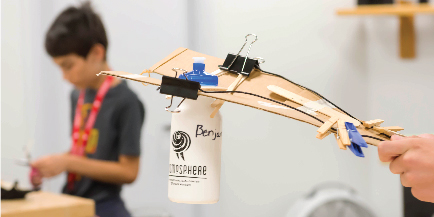
And for you future space explorers in the prime Mars-explorer age-range (7th-12th grade): prep for the greatest upcoming missions of our time at the Cosmosphere’s newest camps.
Our Mars camps sold out quickly this summer, but you can learn about their missions and start getting excited for camps in 2022!
In the words of NASA Administrator Charles Bolden:
“Display of spaceflight greatness can help inspire our next generation of scientists, technologists, engineers and explorers to build upon past successes and create the new knowledge and capabilities needed to enable our journey to Mars.”
Become part of preserving the dramatic stories of the human exploration of space. Support the Cosmosphere’s education and conservation work with a donation or become a member today.

